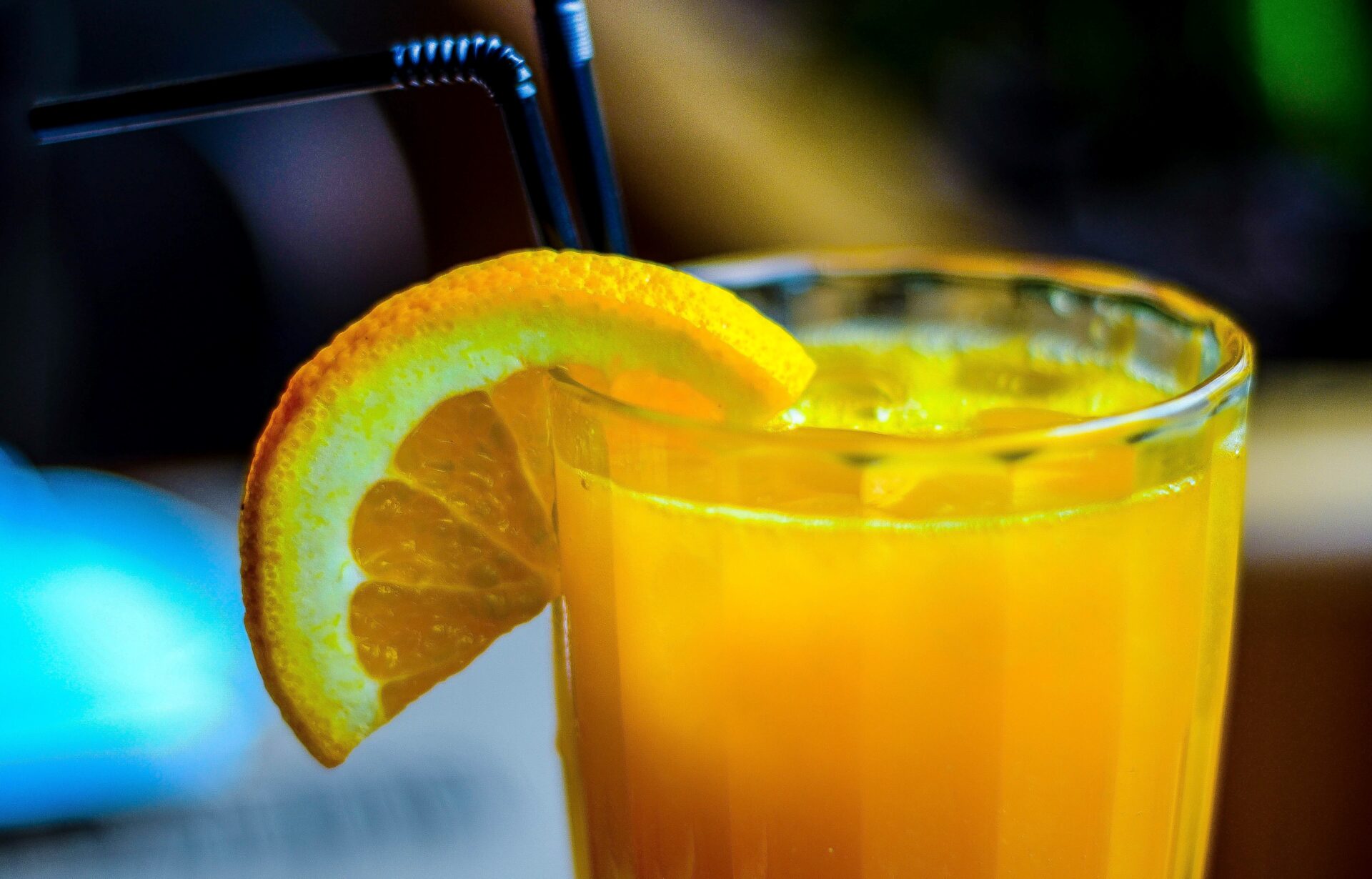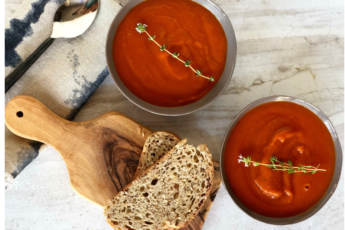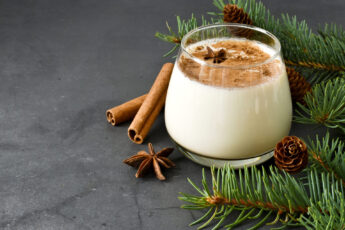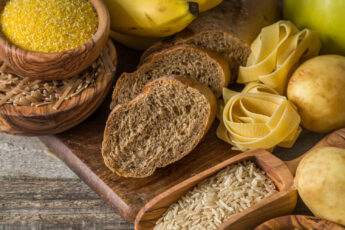Every so often, the juicing craze re-emerges. People start juicing all manner of fruits and veggies for smoothies and other concoctions, in order to get more produce into their diets. I speak of about 100% juice, not “juice drinks” or “fruit-flavored” drinks. If the label doesn’t say “100% juice”, it probably isn’t.
Eating whole fruit, like apples, oranges, berries, etc. is a good thing. They’re loaded with nutrients and antioxidants and the research on the benefits is rock-solid.
Even 100% juice however, has naysayers:
- After pressing a whole fruit, the leftover solids have pre-biotic fiber, nutrients and antioxidants that don’t make it into the liquid juice.
- “Even 100% juice has “sugar”. Yes, but not ADDED sugar. Its sugar is “intrinsic”, meaning that it’s naturally part of the fruit. Whole fruit has this sugar, too.
Some authorities, including the American Academy of Pediatrics, caution against too much fruit juice, saying the acids as well as the natural sugars damage tooth enamel. They encourage mostly whole fruit instead.
Juice & Health: What does the research say?

Photo by aliet kitchen on Unsplash
Two recent studies are pretty positive on 100% juice. This systematic review and meta-analysis, basically a formal compilation of data from many studies, analyzed in a way that is intended to be more objective. For people drinking 100% juice in amounts consistent with dietary guidelines, the review found:
- No increased risk for major chronic health problems, including obesity, type 2 diabetes, heart disease, cardiovascular disease.
- Among the possible benefits were improved blood pressure and vascular function.
The absence of a link to obesity was particularly interesting, since juice is sometimes blamed for contributing to weight gain.
This review looked specifically at 100% citrus juice and health outcomes and found:
- In addition to their vitamins and minerals, the natural, bioactive compounds in citrus juices were anti-inflammatory and immune-promoting.
- Drinking 100% citrus juice regularly reduced markers of inflammation
- 100% citrus juice after a high-fat, high-carbohydrate meal (think indulgence here) reduced the inflammation that can follow such meals.
- The antioxidant compounds hesperidin and naringenin were felt to be providing some of these benefits.
Commercially Processed OJ: BETTER Than Fresh-Squeezed?

Photo by Rae Wallis on Unsplash
It might be, and when I learned why it blew me away. Hesperidin and naringenin hide out mostly in the peel and the membranes of the segments. The super-high-pressure of commercial presses forces more of these compounds into the juice than you’d ever get with a home juicer.
As for sugar, cavities and tooth enamel, sipping sweet drinks throughout the day is far more damaging than a morning glass of OJ. And not nearly as potentially beneficial.
Cut-To-The-Chase Takeaways:
- Size matters, because benefits were found in people consuming portions recommended by dietary guidelines. Most adults should keep it to a max of 8-oz daily. Then go for whole fruit (frozen and dried are fine, too). For kids, AAP’s recommended maximums:
- 4-6 years: 4-6 oz.
- Toddlers 1-2 years: hold it at 4 oz.
- Under a year? Wait.
- Commercially processed citrus juice may have more antioxidants than home-squeezed juice.
- When you eat an orange, get more hesperidin and naringenin by eating the whole section of the orange, including that membrane. That way you’ll also get more prebiotic fiber, too!
Featured photo by Pamela Lima on Unsplash






